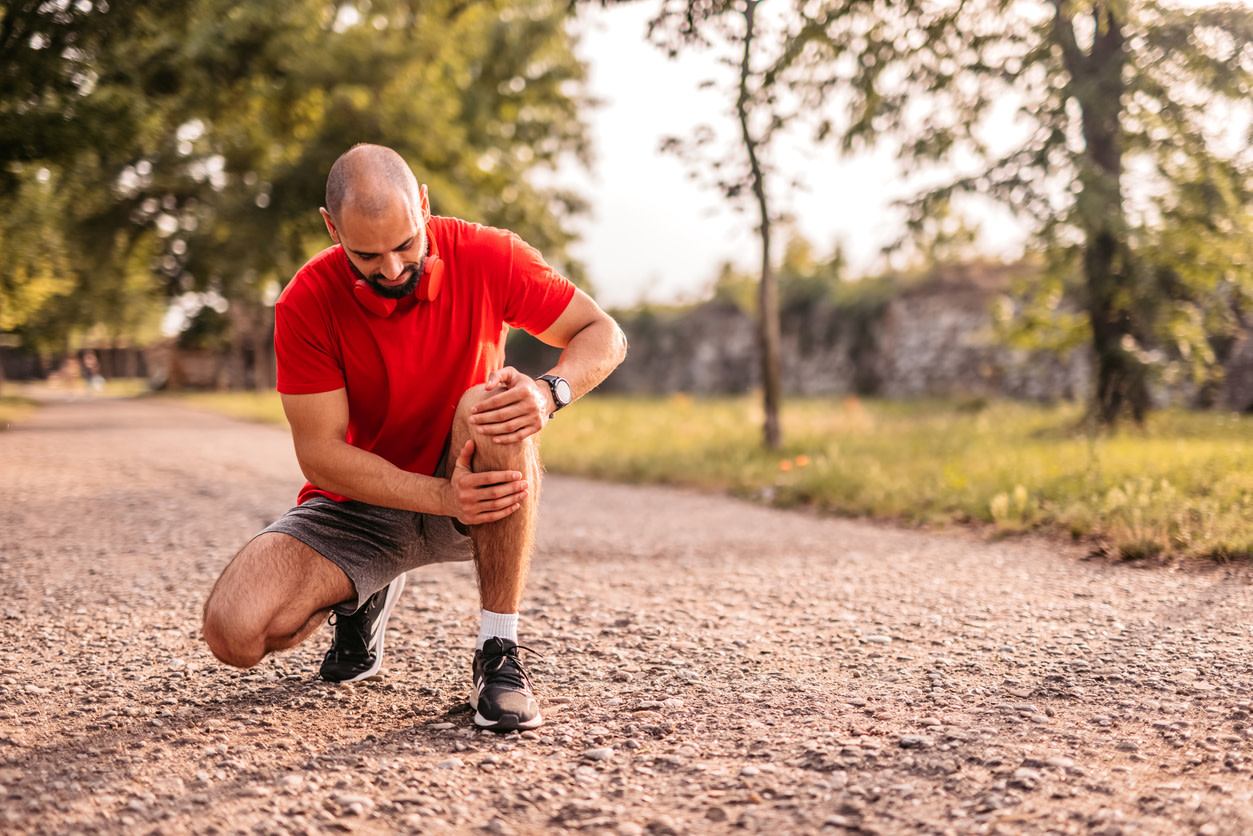Consejos para el tratamiento y la prevención de la tendinitis rotuliana (rodilla de saltador)
Obtenga información sobre la tendinitis rotuliana, también conocida como rodilla de saltador, incluidas sus causas y síntomas. Descubra consejos de prevención y tratamiento para aliviar el dolor.
$0 costo para usted
Última actualización: Jun 5, 2025
El índice
Fully covered knee pain relief
Find relief from knee pain, knee locking, stiff knees, & more.
Check if I'm eligibleExercises for patellar tendonitis
¿Quieres atención de expertos? Consulta si estás cubierto por nuestro programa gratuito →- Extensión de rodilla
- En cuclillas
- Sentadilla dividida
- Straight Leg Raise
- Hamstring Stretch
